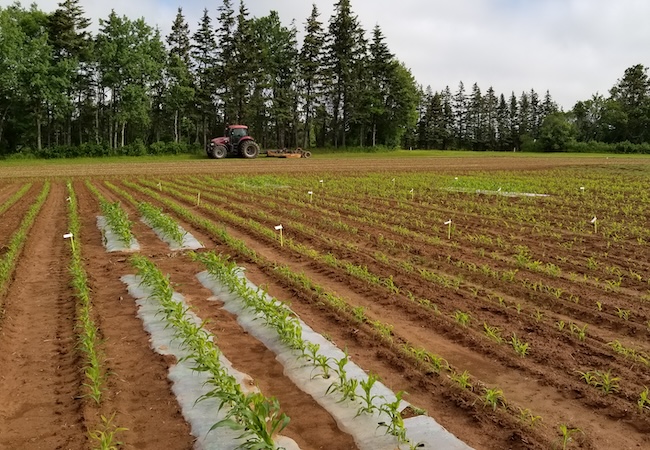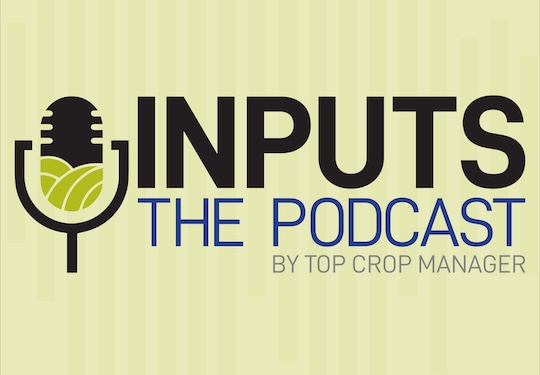| |
| |
| |
 |
|
@{mv_date_MMM d, yyyy}@ |
| |
|
| |
This week's features look at research on managing nutrients to improve corn test weights in the Maritimes and the importance of native pollinators. Honey bees might have sweet benefits, but native bee species are where it's at.
- Alex Barnard, Eastern editor
|
|
| |
|
| |
 Barley production declined for the second year in a row, falling 8.6 per cent year over year to 8.1 million tonnes in 2024 – 38.4 per cent below the highest level this millennium, set in 2000.
» Read More...
Barley production declined for the second year in a row, falling 8.6 per cent year over year to 8.1 million tonnes in 2024 – 38.4 per cent below the highest level this millennium, set in 2000.
» Read More...
AAFC and the P.E.I. Department of Agriculture are investing over $300,000 in the Agriculture Labour Sub-Program, which will provide farmers and agricultural organizations with access to funding for a variety of initiatives focused on improving the workforce.
» Read more...
The recent Canada-United States-Mexico Agreement panel ruling determined that the restrictions Mexico placed on genetically modified corn were not scientifically justified.
» Read More...
|
| |
|
| |
 A recently completed project has generated some practical tips for enhancing corn test weights on the East Coast. From talking with local grain elevators, researcher Dan MacEachern knew that low corn test weights could be an issue in the Maritimes. So, with Atlantic Grains Council funding, he initiated this five-year project in 2018, to identify agronomic factors that could help increase test weights.
» Learn more...
A recently completed project has generated some practical tips for enhancing corn test weights on the East Coast. From talking with local grain elevators, researcher Dan MacEachern knew that low corn test weights could be an issue in the Maritimes. So, with Atlantic Grains Council funding, he initiated this five-year project in 2018, to identify agronomic factors that could help increase test weights.
» Learn more... |
| |
 Set aside your beliefs about bees. While managed honey bees play an important role in producing honey and pollinating crops, wild or native bees are often better pollinators. University of Manitoba's Jason Gibbs recently led a survey of bees in Manitoba that was published in The Canadian Entomologist journal in 2023.
» Learn more...
Set aside your beliefs about bees. While managed honey bees play an important role in producing honey and pollinating crops, wild or native bees are often better pollinators. University of Manitoba's Jason Gibbs recently led a survey of bees in Manitoba that was published in The Canadian Entomologist journal in 2023.
» Learn more... |
| |
| |
|
| |
 With a high protein content, lupins offer an alternative to soybeans and have grown in popularity in Europe. Researchers continue to investigate their potential across the Canadian Prairies. Robyne Davidson, Lakeland College pulse and special crops research scientist, shares her latest research focus surrounding lupins, the main challenges and her ideals for lupin production moving forward.
» Read More...
With a high protein content, lupins offer an alternative to soybeans and have grown in popularity in Europe. Researchers continue to investigate their potential across the Canadian Prairies. Robyne Davidson, Lakeland College pulse and special crops research scientist, shares her latest research focus surrounding lupins, the main challenges and her ideals for lupin production moving forward.
» Read More...
|
|
| |
|
| |

|
| |
| |





